Understanding Hives (Urticaria) Through Ayurveda
Understanding Hives (Urticaria) Through Ayurveda, or urticaria, is a common skin condition characterized by raised, itchy welts that can appear suddenly and vary in size. These welts may be triggered by various factors, including allergens, medications, stress, and environmental changes. In Ayurveda, hives are viewed not just as a skin problem but as a reflection of imbalances within the body. This ancient Indian system of medicine offers holistic approaches to treat and manage hives effectively.
What Are Hives?

Hives occur when the body releases histamines in response to certain triggers, causing inflammation and swelling in the skin. This can manifest as:
- Acute Urticaria: Lasts less than six weeks, often linked to allergic reactions.
- Chronic Urticaria: Persists for more than six weeks and may not have an identifiable cause.
Symptoms typically include:
- Raised, red welts (hives)
- Itching or burning sensation
- Swelling, especially around the eyes, lips, or throat
Understanding hives through the lens of Ayurveda involves examining the underlying dosha imbalances, which are believed to influence both physical and mental well-being.
The Ayurvedic Perspective
In Ayurveda, health is seen as a balance of three doshas: Vata, Pitta, and Kapha. Each dosha represents different elements and energies within the body.
- Vata: Composed of air and space, Vata governs movement, communication, and flexibility.
- Pitta: Made up of fire and water, Pitta regulates metabolism, digestion, and transformation.
- Kapha: Consisting of earth and water, Kapha provides structure, stability, and nourishment.
Dosha Imbalance and Hives
Hives can be primarily linked to an imbalance in Pitta dosha, which is associated with heat, metabolism, and inflammation. When Pitta is aggravated, it can lead to excessive heat in the body, manifesting as skin issues like hives.
Common Causes of Pitta Imbalance Leading to Hives:
- Dietary Choices: Spicy, oily, or acidic foods can exacerbate Pitta.
- Environmental Factors: Heat, sun exposure, and humidity can increase Pitta aggravation.
- Emotional Stress: Anger, frustration, and anxiety can further ignite Pitta.
Understanding these triggers helps in formulating a comprehensive treatment plan.
Ayurvedic Remedies for Hives
Ayurveda emphasizes a holistic approach, combining dietary changes, herbal remedies, lifestyle modifications, and stress management techniques.
1. Dietary Modifications
To balance Pitta, it’s crucial to adopt a Pitta-pacifying diet:
- Cool Foods: Incorporate cucumber, watermelon, coconut, and leafy greens to cool the body.
- Mild Spices: Use spices like coriander, cumin, and turmeric, which are beneficial without being overly heating.
- Avoid Triggers: Eliminate spicy, fried, and acidic foods that can aggravate the condition.
Sample Pitta-Pacifying Meal Plan:
- Breakfast: Quinoa porridge with almond milk, topped with fresh fruits.
- Lunch: Mung bean soup with spinach, served with brown rice.
- Dinner: Steamed vegetables with basmati rice and a side of cooling cucumber raita.
2. Herbal Remedies
Several herbs can help manage hives by cooling the system and reducing inflammation:
- Aloe Vera: Known for its soothing properties, aloe can be applied topically or consumed as juice.
- Turmeric: With its anti-inflammatory properties, turmeric can be added to meals or taken as a supplement.
- Ashwagandha: This adaptogenic herb helps combat stress and balance Pitta dosha.
- Neem: A powerful blood purifier, neem can be used in herbal formulations or as a topical paste for skin relief.
3. Lifestyle Modifications
Incorporating daily routines that support balance can be transformative:
- Hydration: Drink plenty of water and herbal teas to stay hydrated and cool.
- Cooling Baths: Taking cool showers or baths can soothe irritated skin.
- Yoga and Meditation: Practices like yoga help reduce stress and balance the doshas. Focus on calming asanas and deep breathing exercises.
- Sleep: Ensure adequate rest to help the body heal and restore balance.
4. Stress Management Techniques
Since emotional stress can trigger hives, it’s essential to include stress management in your routine:
- Mindfulness: Practices such as mindfulness meditation can help ground your thoughts and emotions.
- Deep Breathing: Simple deep-breathing exercises can reduce anxiety and promote relaxation.
- Nature Walks: Spending time in nature can be a great way to unwind and connect with your surroundings.
When to Seek Professional Help
While Ayurveda offers effective remedies for hives, it’s essential to consult with a healthcare professional, especially if:
- The hives are persistent or worsening.
- You experience difficulty breathing or swelling in the throat, indicating a severe allergic reaction.
- There’s no improvement after following Ayurvedic remedies for an extended period.
Conclusion
Hives, or urticaria, can be a distressing condition, but Ayurveda provides a comprehensive approach to treatment by addressing the root causes and promoting balance within the body. By understanding the dosha imbalances and incorporating dietary changes, herbal remedies, and lifestyle modifications, individuals can effectively manage hives.
Holistic healing is about more than just treating symptoms; it’s about fostering overall well-being and harmony within. Whether you’re experiencing occasional hives or dealing with chronic issues, integrating Ayurvedic principles into your life may pave the way for relief and renewed health. Always remember, the journey to wellness is personal, and what works for one may differ for another, so approach your healing path with patience and care.

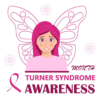


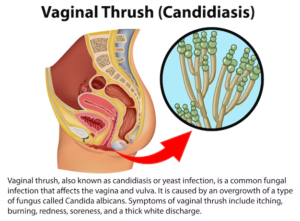
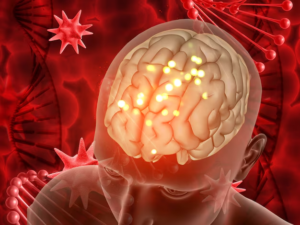
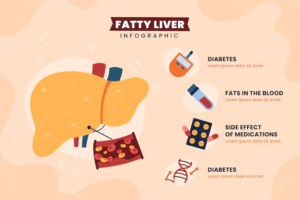
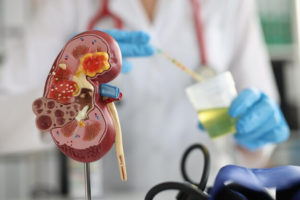
Leave a reply